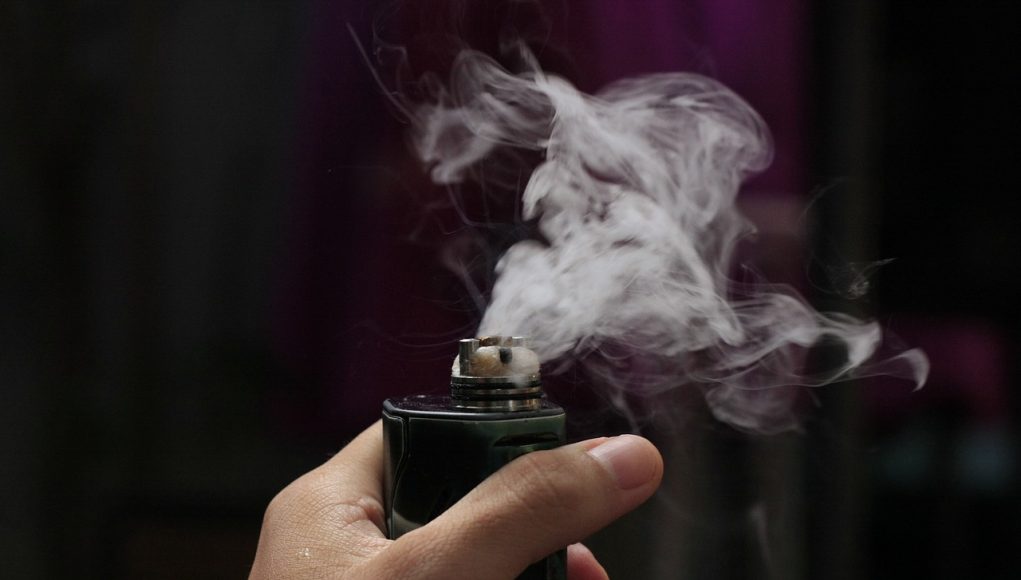With the aim of understanding the health effects of vapour and smoke exposure, the study consisted of sub-cytotoxic exposure to cells in a 3D human bronchial model to nicotine-containing vape aerosol, combustible cigarette smoke and regular fresh air, under strict laboratory conditions.
The researchers then assessed the expression of a variety of genes linked to disease after cell ‘recovery’ periods of 4 and 48 hours. They found that exposure to cigarette smoke caused significant changes in gene expression, including changes in oxidative stress and inflammation markers.
On the other hand, e-cigarette vapour generated only a minimal response, similar to that observed in the cells’ exposure to fresh air. “Focusing on the 3R4F reference cigarette, no pathways were activated after four hours exposure, but at 48 hours the cells had both genes associated with cell cycle and cell death pathways activated. Conversely, those cells exposed to vape aerosol demonstrated slightly elevated NF-KappaB signaling pathways after four hours exposure. However, at 48 hours no pathways were activated,” said Principal Toxicologist at Imperial Dr Liam Simms.
“These data provide evidence that following an acute exposure to EVP aerosol there is significantly less damage to lung cells in culture than the equivalent, nicotine based, dose of cigarette smoke,” concluded the study Abstract.
Such data should be considered when developing policies
Head of Tobacco Harm Reduction Science at Imperial, Dr Grant O’Connell, said that the data presented by this study and others leading to the same conclusion, should be taken seriously and considered when developing policies.
“This latest research adds to the growing body of research gathered by both Imperial Brands and others, demonstrating the considerable harm reduction potential of Next Generation Products (NGPs) like vapes compared to continued combustible cigarette smoking.”
“We encourage regulators and policy makers to consider the weight of evidence that shows the clear scientific differences between combustible cigarettes, which burn tobacco, and potentially harm-reduced NGPs that do not,” concluded O’Connell.












